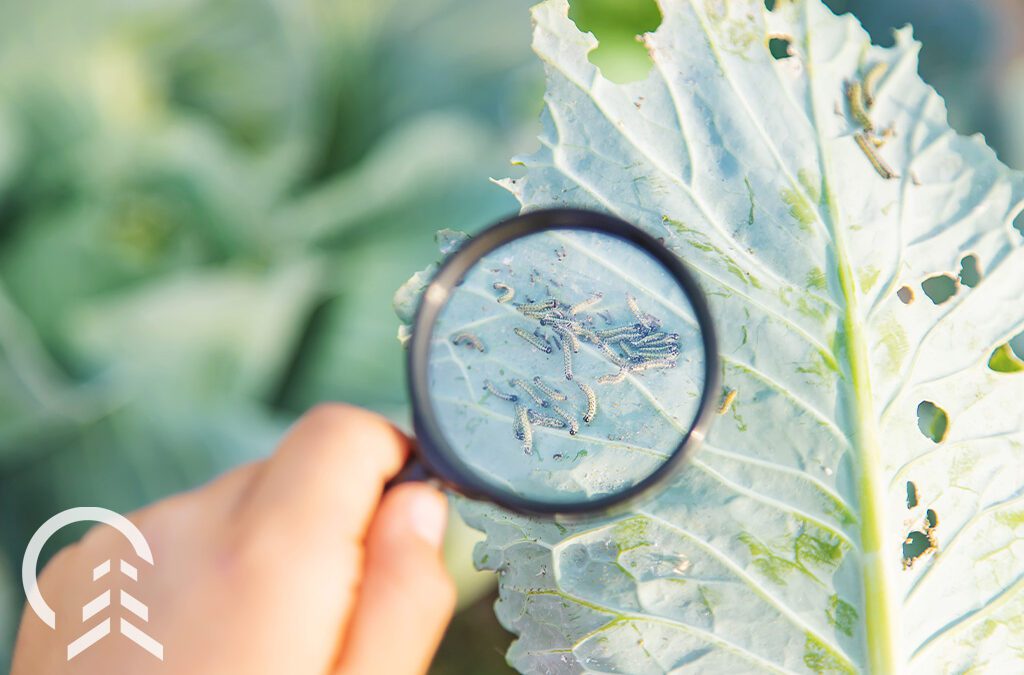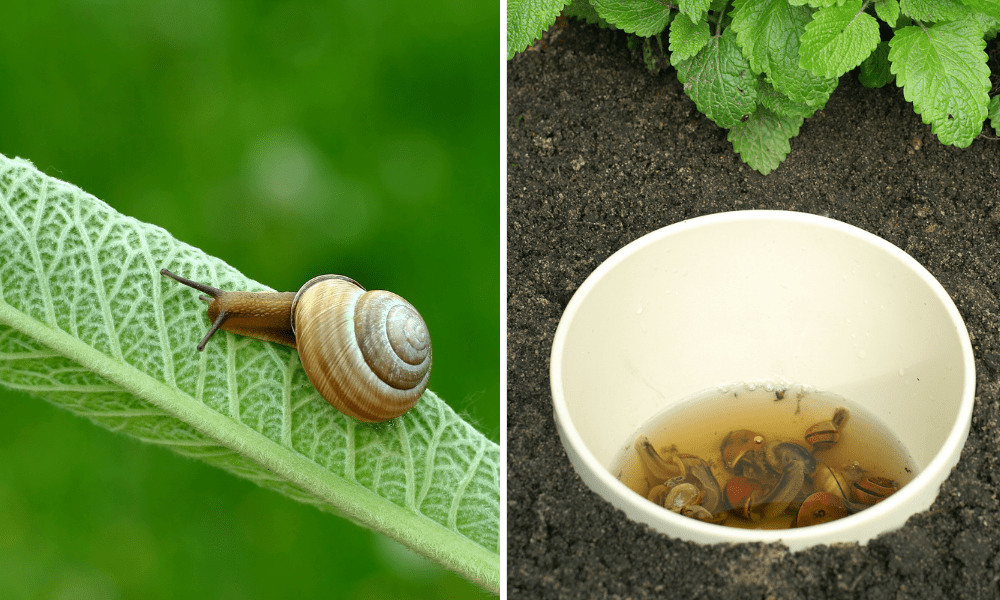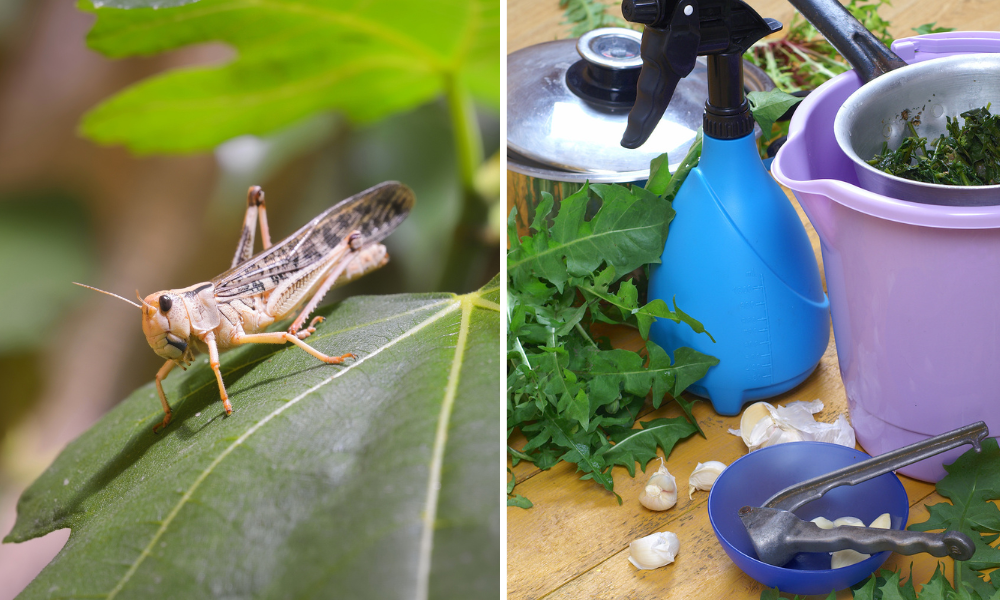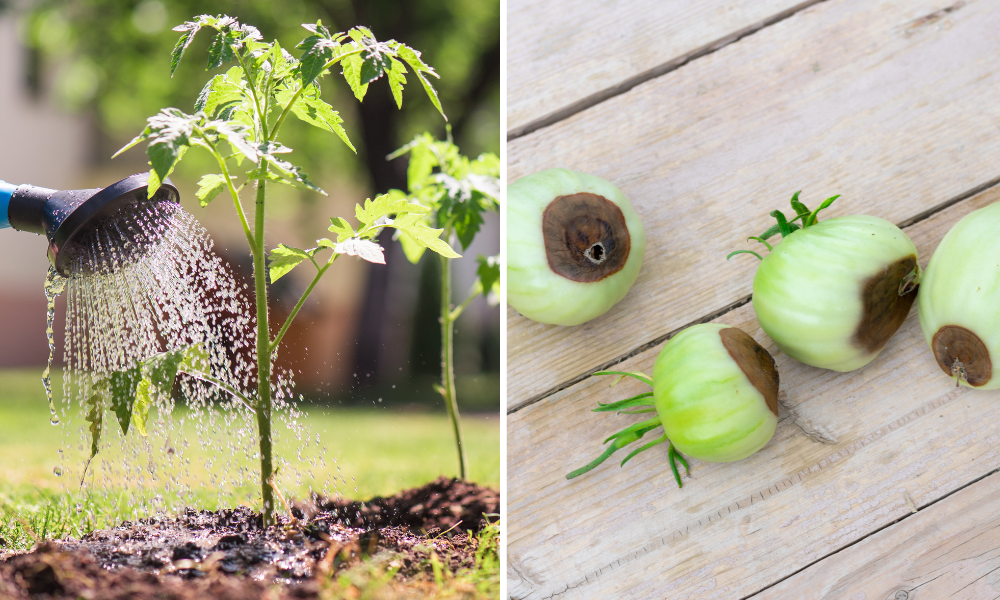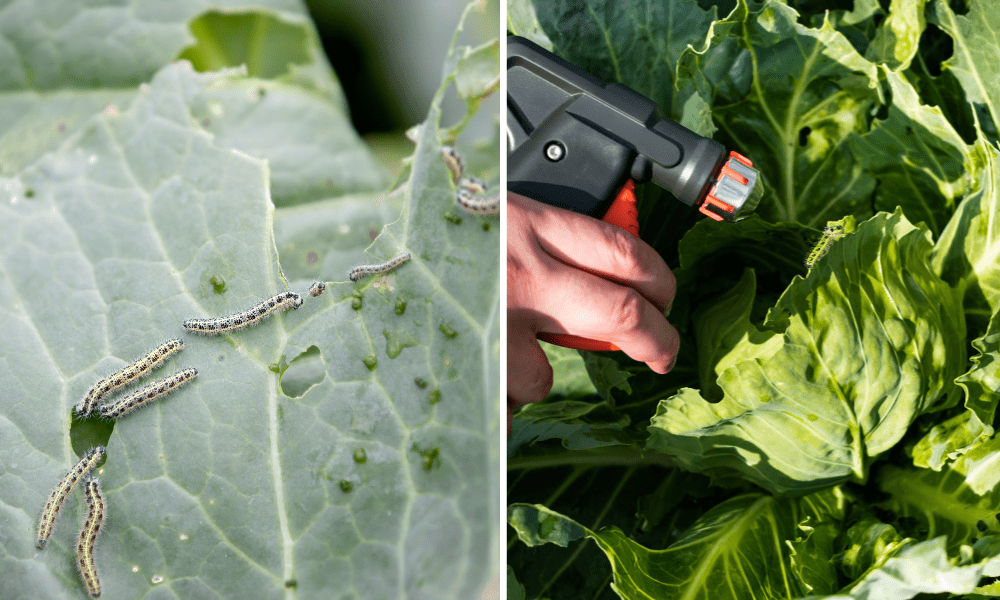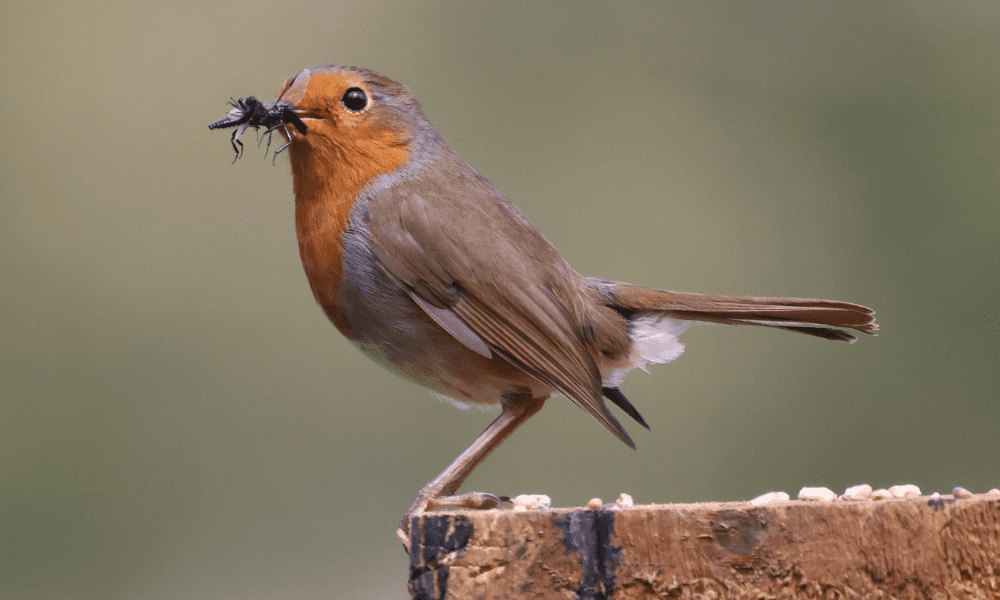An abundance of insects is a natural sign of a healthy and biodiverse garden. Sometimes, however, these garden guests can quickly become pests, damaging our plants and ruining our crops. It’s every gardener’s job to keep an eye out for potential nuisances and manage them before they become a major problem and spread to other landscapes. To help you with this essential task, here’s a guide to common plant pests you’ll find and how to deal with them!
What Are the Most Common Plant Pests in Illinois?
Slugs
Slugs can damage plants before you even realize they’re there. However, they’re pretty easy to identify once you spot the telltale holes they leave behind in your plant’s leaves. Slugs are most active at night and typically rest under the shade of leaves or straw mulch during the day.
Solutions
Traps are a common way to remove slugs from gardens. Organic slug traps are available, or you can make DIY traps using beer cans. Another solution is to sprinkle diatomaceous earth or other slug-targeting products around problem areas. These products are toxic to slugs and will quickly kill off your infestation as they ingest your deadly offerings.
Keep in mind that slugs thrive in moist, shaded environments, so cutting back low-hanging plant leaves opens up the shaded areas of your garden to sunlight and dries out their living spots. Switching to drip irrigation and watering in the mornings instead of later at night also helps make your garden less favorable for slugs.
Grasshoppers
Grasshoppers in your garden aren’t always a bad thing. In fact, grasshoppers are a positive sign of diversity and provide high-quality food for songbirds. However, they can quickly become pests if they multiply too rapidly and begin damaging your plants. They typically go after larger-scale crops like grains, corn, and soy, but they’ve also been known to feast on lettuce, carrots, beans, sweet corn, onions, and other garden favorites.
Solutions
Fostering bird habitats is a great natural way to get rid of grasshoppers, since it invites their natural predators into your yard. If you live next to a natural meadow, mowing a short section of grass along the perimeter of your property will also help, since it allows predators to catch them before they move into your yard. You should also eliminate weeds from your garden, since these are a common food source for grasshopper nymphs.
If you’re looking for a natural grasshopper deterrent, homemade garlic sprays work like a charm! Simply boil a bunch of garlic in water and spray the resulting solution on any susceptible plants. Sprinkling your plants with flour is also an incredibly effective deterrent. The flour gums up their mouths, causing them to leave those plants alone.
Blossom End Rot
Are the ends of your tomato fruits turning black and mushy? If so, it’s likely due to blossom end rot, which can also happen to cucumbers, zucchini, and squash. Fortunately, blossom end rot is not a pest but a plant disorder resulting from a lack of calcium uptake. This is sometimes due to a calcium deficiency in the soil; however, it usually comes from an inconsistent watering routine, which makes it difficult for moisture-loving plants like tomatoes to absorb enough calcium.
Solutions
You can easily prevent blossom end rot in your plants by maintaining consistent and accurate moisture levels. If you’re already watering consistently, take a soil test to see if your soil lacks calcium and add amendments as needed. Too much nitrogen-heavy fertilizer, improper soil pH, high salt levels, or damage to the plant roots can also disrupt calcium intake. As you work to correct the problem, remember that you can still eat any fruit with blossom end rot as long as you remove the blackened part.
Aphids
Aphids are one of the friendliest pests you’ll find in your garden. They’re small, barely move, and don’t appear to be doing much other than hanging out on the underside of your plants. However, despite their easy-going nature, they can wreak havoc on your plants when left unchecked, sucking out their sap, draining their leaves of energy, and leaving behind a trail of sticky, fungus-attracting honeydew.
Solutions
There are many ways to remove aphids without resorting to toxic sprays. The first is to spray them off with a strong jet of water, though repeated and thorough treatments may be needed to keep them at bay. It’s best to spray them off as soon as you see them rather than waiting for their numbers to multiply. Alternatively, you can spray your plants with soapy water or neem oil. For long-term aphid prevention, foster habitats for their natural predators, like ladybugs, who will help you keep these pests at bay.
Cabbage Worms
These small green caterpillars are a common pest in Illinois gardens that infect brassicas like kale, cabbage, broccoli, and Brussels sprouts. A few won’t kill your crops, but it’s best to deal with them as soon as possible so their numbers don’t increase.
Solutions
The best way to prevent cabbage worm infestations is to cover your brassicas with mesh row covers at the beginning of the season. However, this won’t be effective if you already have them on your plants. In low numbers, you can pick them off your plants by hand. In higher volumes, you can apply a bacterial spray called “Bt” to target your cabbage worm infestation or set traps or other pesticidal sprays. Just remember to make sure any sprays you use are non-toxic to humans.
Another preventative method for these pests is to plant mustard or thyme near vulnerable plants. The thyme repels cabbage worms, while the mustard acts as a sacrificial trap by attracting the cabbage worms away from the other plants. Once they destroy the mustard, you can remove it.
Good Bugs For Your Illinois Garden
Keep in mind that not all insects in your garden are pests. In fact, many—including ladybugs, lacewings, bees, beetles, hoverflies, parasitic wasps, dragonflies, and spiders—can be incredibly beneficial. An insect only crosses the line from helper to pest when they begin to multiply too rapidly and damage your plants. Until then, you should welcome insect activity to your garden with open arms!
Tips for Preventative Pest Management
Ideally, the best way to keep pest numbers low is to prevent them from becoming a problem in the first place. The best way to accomplish this is by creating healthy soil, which keeps your plants strong, healthy, and able to resist invaders. Other preventative methods include companion planting, rotating crops, attracting predatory insects with specific plants and flowers, fostering bird habitats, and fostering a biologically diverse garden.
For more tips on managing common plant pests, please stop by and visit us at our garden centers in Carpentersville and Bloomingdale!
Platt Hill Nursery is Chicago’s premier garden center and nursery.

